5 Tips for Improving Livewell Survival
Much is made of ensuring the release of live fish after capture. This is good because it ensures the future of our sport. Tournament anglers face penalties by bringing dead fish to the scales. On top of the pressure to catch big fish, keeping them alive is another stress and many helpful tactics have been discovered. Here are 5 tips for improving livewell survival throughout a day on the lake.
Keep the Livewell Clean
This happens before launching the boat. In essence, livewells are like aquariums in a living room. The last thing a pet owner would do after spending $20 on a tropical fish is dump it into a dirty tank. Dirty water can kill it.
Keeping a livewell clean is the first step in keeping a fish alive and ensuring their survival. After each trip on the water, allow the livewell to air dry completely. If the boat is kept in a dry environment, keep it open indefinitely. A dry livewell will kill many aquatic species that may have gotten in and prevent bacteria from growing.
When possible, clean livewells with HOT water immediately after getting off the water. The hot water will kill tiny aquatic bugs. Never use any soaps or cleaners in live wells! These can inadvertently kill fish, even if weeks later.
No Substitute for Air
Fish breathe under water. To comprehend the kind of stress we put them under, try holding your breath as long as you keep the fish out of water. It’s the same thing. As quickly as possible, place the fish in the livewell.
A full livewell slows down a boat, so beginning a fishing tournament with it empty makes sense. To prevent dropping the fish in an empty tank, leave it open, as this will allow about 6 inches of water in shortly after stopping the boat. Be sure to close it after placing a fish in it.
Humans breathe heavily when under stress and fish do the same. Few things are more stressful than being plucked from their environment and dropped in a small fish tank.
Modern day livewells are equipped with outstanding aeration systems. Use them! Whenever water is higher than 65-degrees, run the aeration full-time, not intermittently.
Also, cycle new water every hour. Pumping in new water full-time is best. However, this will drain the battery, so make sure to invest in quality batteries.
Livewell Additives
Several products on the market are made specifically to help ensure the survival of fish in the livewell. Rejuvenade, Please Release Me, and G Juice are leaders in the industry. They do the following:
- Adds essential electrolytes
- Removes chlorine, ammonia, and other harmful chemicals
- Detoxify nitrites and metals
- Maintains pH
- Relieves stress
- Helps heal injuries
- Replaces lost slime coat
Add one of these products as soon as you place a fish in the livewell. It will change the color of the water (blue or green depending on which product). More additive will be needed after you add fresh water to the tank and the color dissipates.
Adding Ice
Fish are especially vulnerable in warm water. Adding ice will lower the water temperature and reduce the amount of oxygen needed by the fish.
Be careful not to drop the water temperature too much. Taking a fish from 85-degree water and dropping into 65-degree water may shock and kill it. Keep the livewell water no more than 10-degrees cooler.
A less “messy” method than chunk ice is to add frozen water bottles. Adding one frozen 20-ounce water bottle per hour is usually enough. As one thaws, replace it with another.
Swallowed Hooks
Unfortunately, fish will occasionally swallow a hook deep in their throats. This may seem like a death sentence, but not necessarily.
Often, the best thing to do is nothing. Fish will survive with a hook in their throat, and it will eventually work through their digestive system.
If this is the case, remove as much of the hook and bait as possible without damaging the fish more. If this is impossible, cut the line close to the eyelet of the bait and add the additive directly to the throat. Follow the above steps and the fish will likely survive.
Just as Megaware protects your boat, anglers should be proactive in protecting resources. This will ensure the longevity of enjoying both our watercraft and fish.

Check out more from Andy Buss on his YouTube Channel.
DID YOU ALSO SEE?

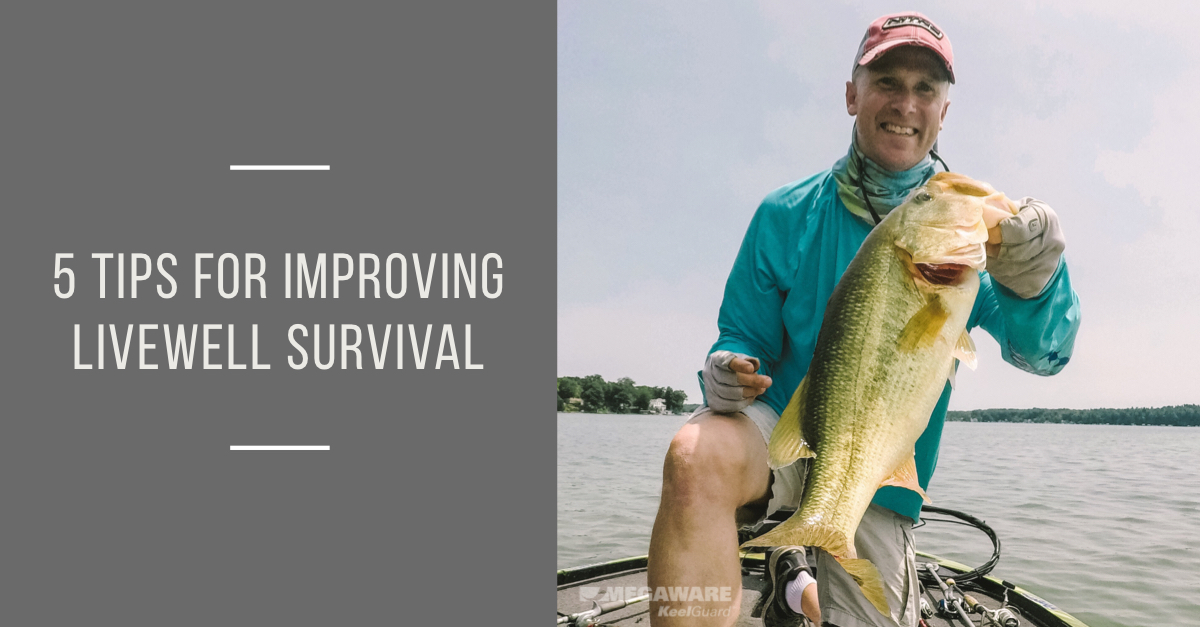
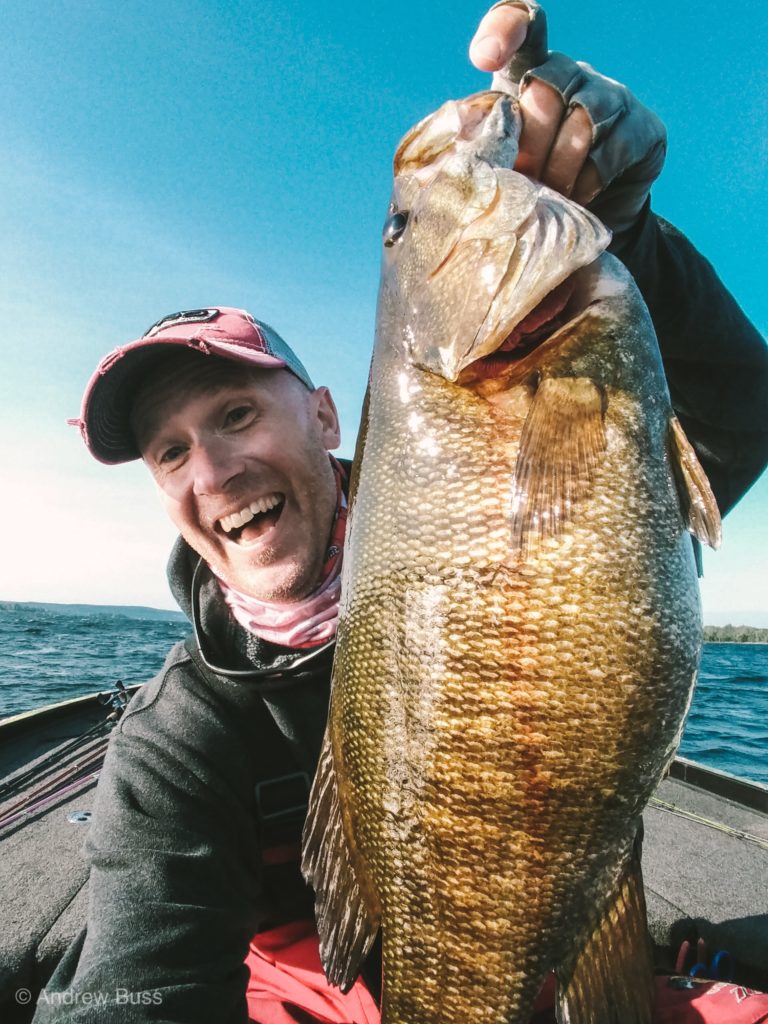

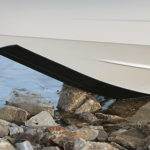

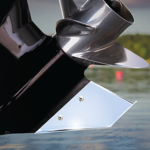

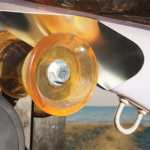
Comments